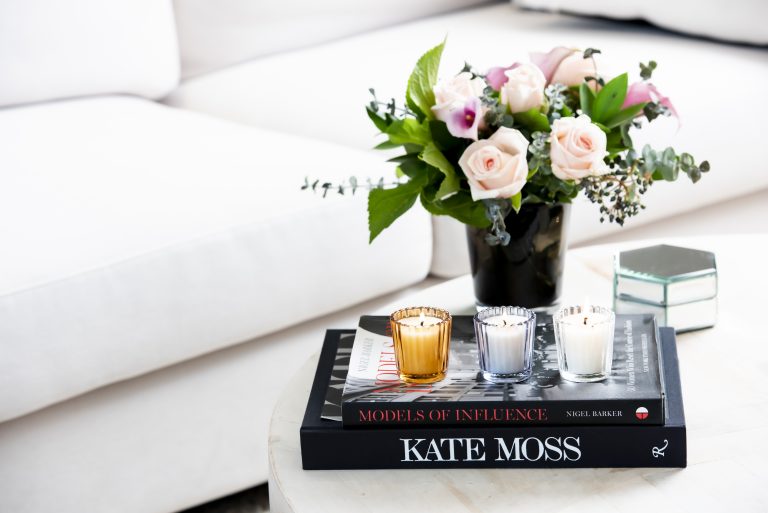
- Free Shipping on orders over $250 throughout New Zealand
When beginning to make candles, there are three words you must remember: TEST TEST TEST. Envision the type of candle you want to receive as a gift as this will you create the best candle possible; strong scent, coloured wax or the natural wax colour, no smoke or soot and an overall, a safe- clean burning candle.
Now it’s time to TEST TEST TEST
You may think all you need is a wick, some wax, some fragrance, some colour, mix it all together and pour it into a container and let it set, then light it up. Well, it is not that simple.
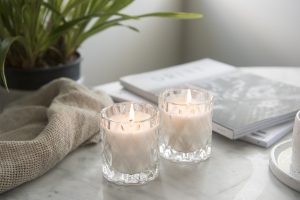
Below are some basic tips to consider when developing your candles.
All waxes are not created equal
There are many different type of waxes ranging from 100% Paraffin to 100% soy. If a wax is paraffin derived it most likely contains several different waxes ranging in melt point and consistency.
Each time another ingredient is added to a blend it will modify the way your candle will burn, the pour temperatures, the temperature you add the fragrance etc.
If a wax is derived from soy, palm or other natural ingredients these too will most likely be blended with a variety of different natural ingredients to help modify its overall function.
Try to know as much as possible about the wax that you are using; this will help the development of your candle
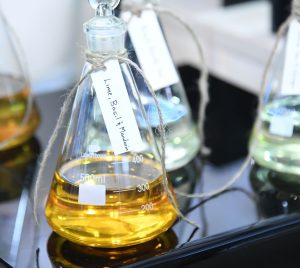
Fragrance vs. Essential Oils
There is a distinct difference between synthetically made fragrances and essential oil. A well-made candle fragrance will blend with your melted wax easily.
If you see any separation after you pour and gently mix your fragrance this may be an indication that the fragrance is not compatible with wax.
An essential oil is a fragrance derived directly from its original source, such as lemongrass oil. These oils generally do not have any additional chemicals added.
These oils can be difficult to work with in candles due to their natural reactive properties. Try to know as much as possible about the fragrances that you are using.
Test small samples thoroughly before making any large purchases using the lowest amount of fragrance possible first to determine the volume of scent load.
The recommended range for Illumina Candle Supply fragrances is (8%-12%) Dyes and colours.
Dyes come in several forms: powder, liquid, flakes and chips.
Some dyes are comprised of both oil soluble dyes and pigments Oil soluble dyes, for the most part, go easily into waxes. Pigments however may not be as soluble. Pigment will add depth and richness to a colour but may not be fully dissolved as it is generally suspend not dissolved.
Colorants that are not fully dissolved in your wax will cause problems such as; bleeding, speckles, fading and wick clogging.
Try to know as much as possible about the dyes that you are using.
What you know will help in the way you handles these colours.
We have found over the years that if you mix liquid or powder dye with your fragrance this considerably increases the solubility of the powder or liquid Illumina Soy Candles uses dye flakes, and we recommend adding the flakes PRIOR to adding the fragrance so it can be added at a slightly higher temperature to ensure it is well blended.
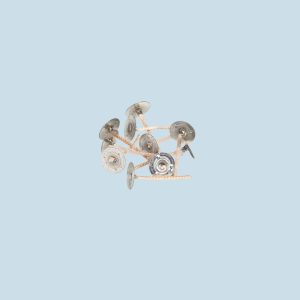
Wicks
The wicks ability to perform depends on the quality of ingredients in the candle. It can only work well if it is fed with quality fuel.
Illumina Candle Supplies prefers CDN wicks for their reliability
Most wicks have a difficult time overcoming certain ingredients that are supplied to it via the wax, fragrance and color.
A wick is like a straw if something is blocking the straw you cannot get the liquid up
There are many different types of wicks available.
Each wick was originally created to serve a certain purpose. Zinc wicks for rigidity, Flat braided wicks for pillars, cotton and paper type wicks for high fragranced candles and so on.
Each wick can serve multiple purposes from its original concept. When trying to find the right wick, try not to rule out something that did not work previously during your development.
If you have truly come up with your perfect looking and smelling candle, there is a wick available that can make it burn perfectly too. Just take that time to test each wick available to you.
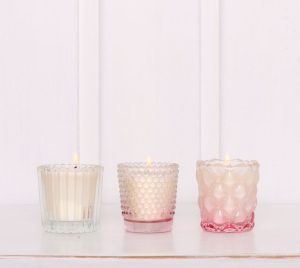
THE GOLDEN RULE FOR MAKING THE PERFECT CANDLE IS TEST TEST TEST.
Know your ingredients, take the time necessary, run several rounds of testing, lighting and relighting multiple times. We recommend test burning your candles for 3-4 hours per burn, 5 days AFTER your candle has set.
This should be repeated 5-6 times or to the completion of the candle before determining that you have chosen the correct wick.
As a last bit of advice the best thing you can do to make a good candle is
TEST TEST TEST! And if you need help we are here to help! Click the chat button in the bottom left of the website window and talk to Jennifer about how she can help you.